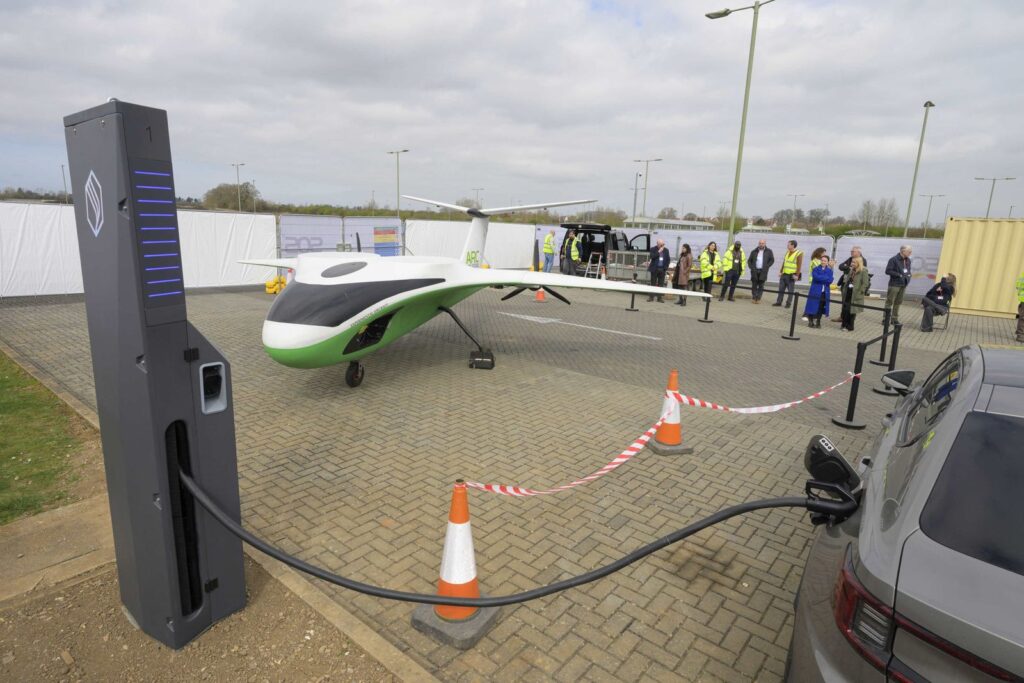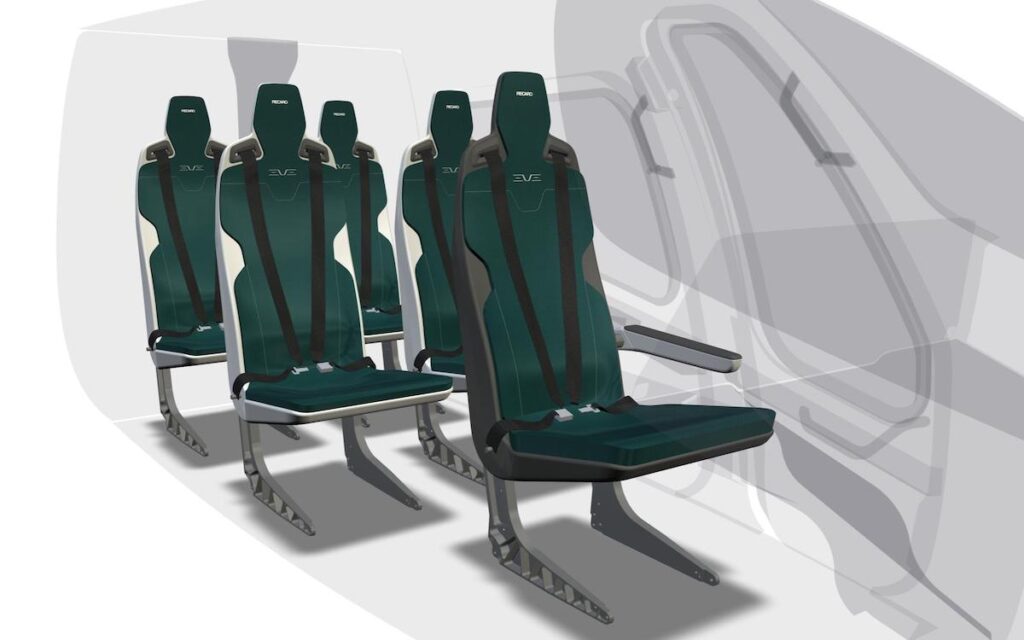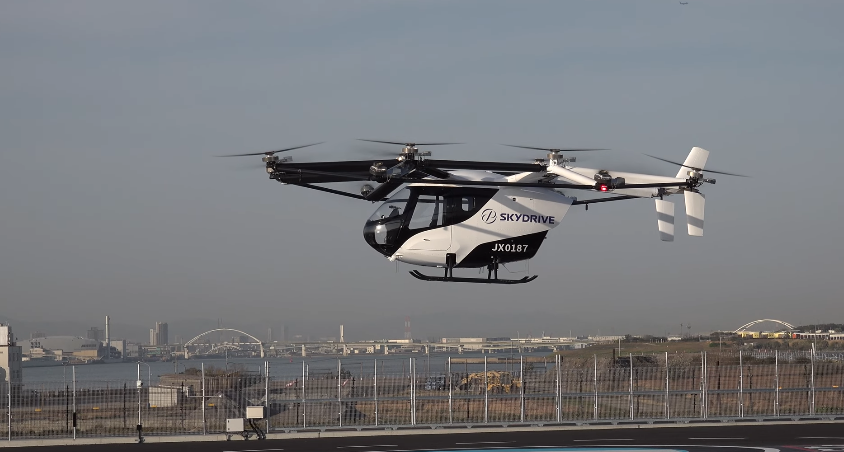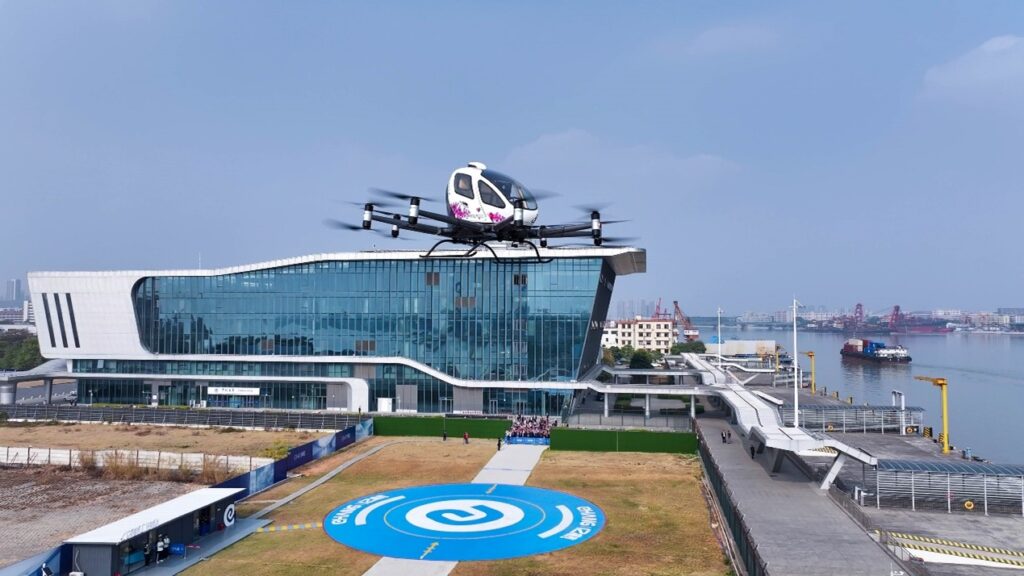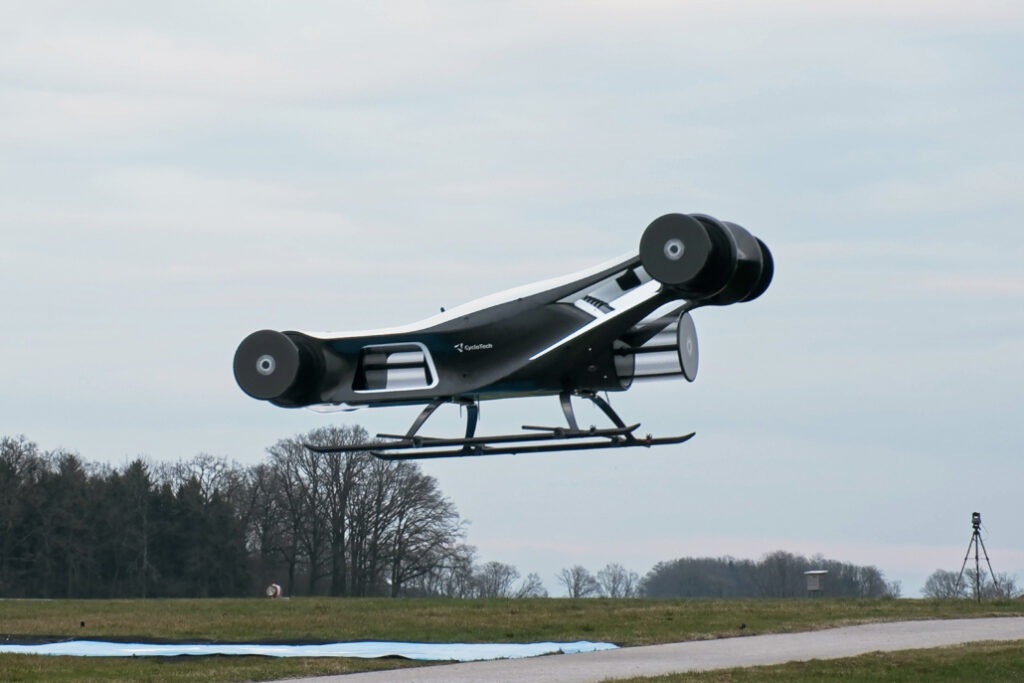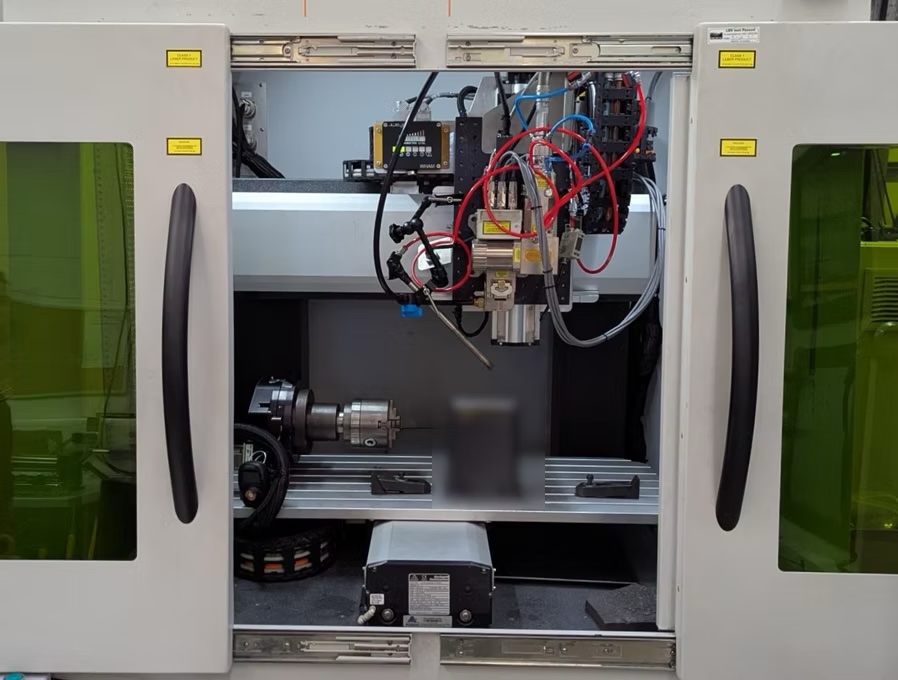Electric aircraft manufacturer Lilium N.V. has successfully completed the first series of tests for its electric jet propulsion unit.

For the first time, the electric engines were taken up to maximum thrust on the propulsion unit test bench. This marks a significant step towards zero operating emissions flight for the company, and an important development towards verifying the Lilium Jet’s safety of flight.
The tests demonstrated the expected level of performance and reliability, bolstering Lilium’s confidence in the maturity of its electric jet propulsion system.
Testing of the propulsion unit, comprising two engines within a propulsion mounting system, was carried out at Lilium’s dedicated propulsion unit test bed, located at the company’s headquarters near Munich. The test bed has been designed for aerodynamic and electrical performance evaluation of Lilium’s jet technology.
The successful first test of the propulsion unit follows comprehensive testing of the engine, developed and built in collaboration with Lilium’s team of suppliers, including Denso and Honeywell for the e-motor, Aeronamic for the compressor fan, and SKF for the electric motor bearings.
Stephen Vellacott, Lilium’s Chief Technology Officer, commented; “Completion of the first engine test is a significant achievement for Lilium, demonstrating once again Lilium’s credentials as a world leader in the development of electric jet propulsion technology.
“Over the past years, we have invested heavily in the technology and secured extensive IP rights. We now move a step closer to first manned flight and beyond that to the era of commercial electric flight.”
Daniel Wiegand, Lilium Co-Founder and Chief Engineer for Innovation & Future Programs, added; “For my fellow co-founders and myself, the first test run of the Lilium Jet propulsion unit marks another high point in our journey.
“It was our shared belief in the radical potential of electric jet technology that brought us together in 2015 and continues to drive Lilium on the way to transforming regional aviation. This latest milestone brings us closer to first manned flight and our goal of commercial entry into service.”





